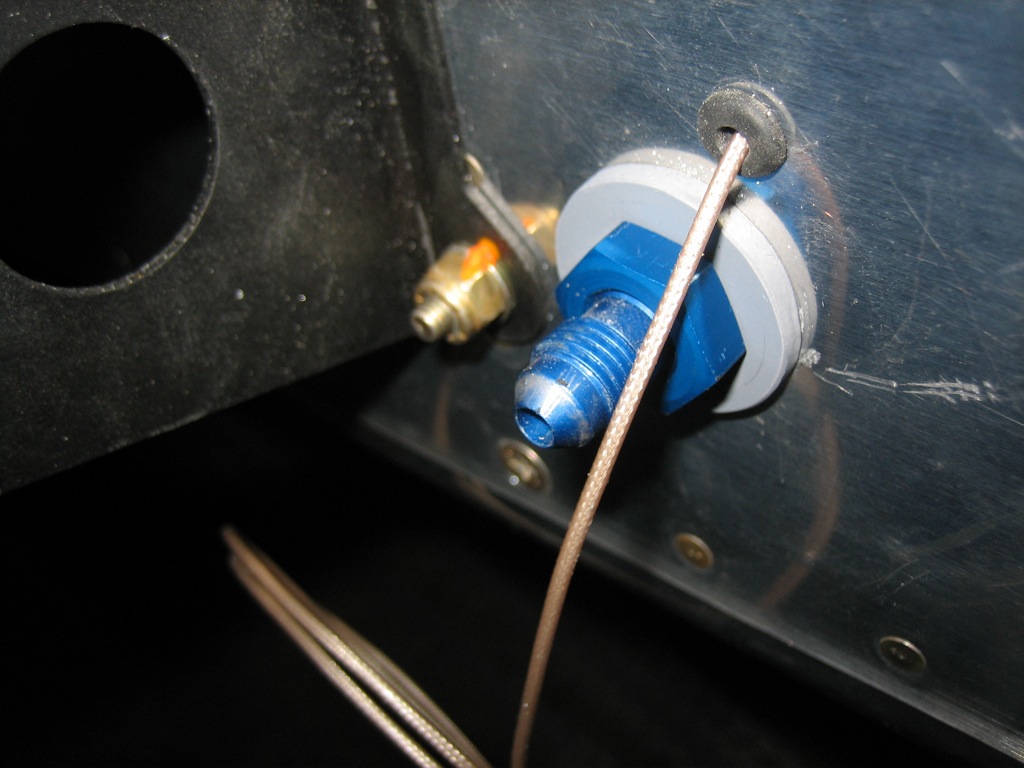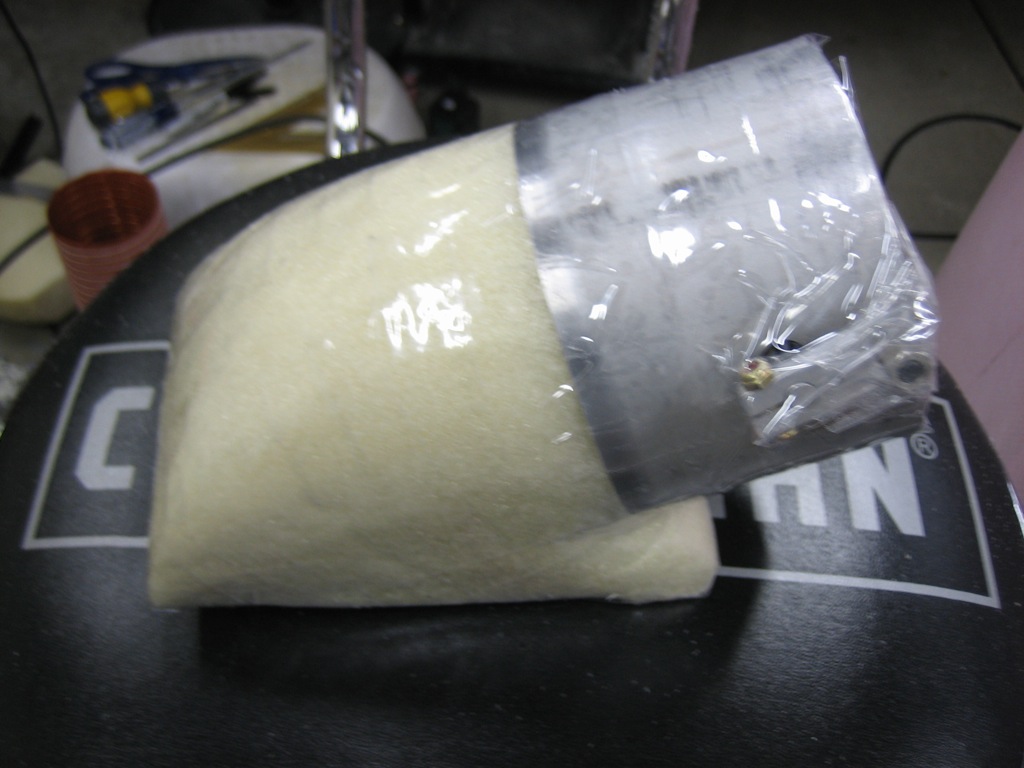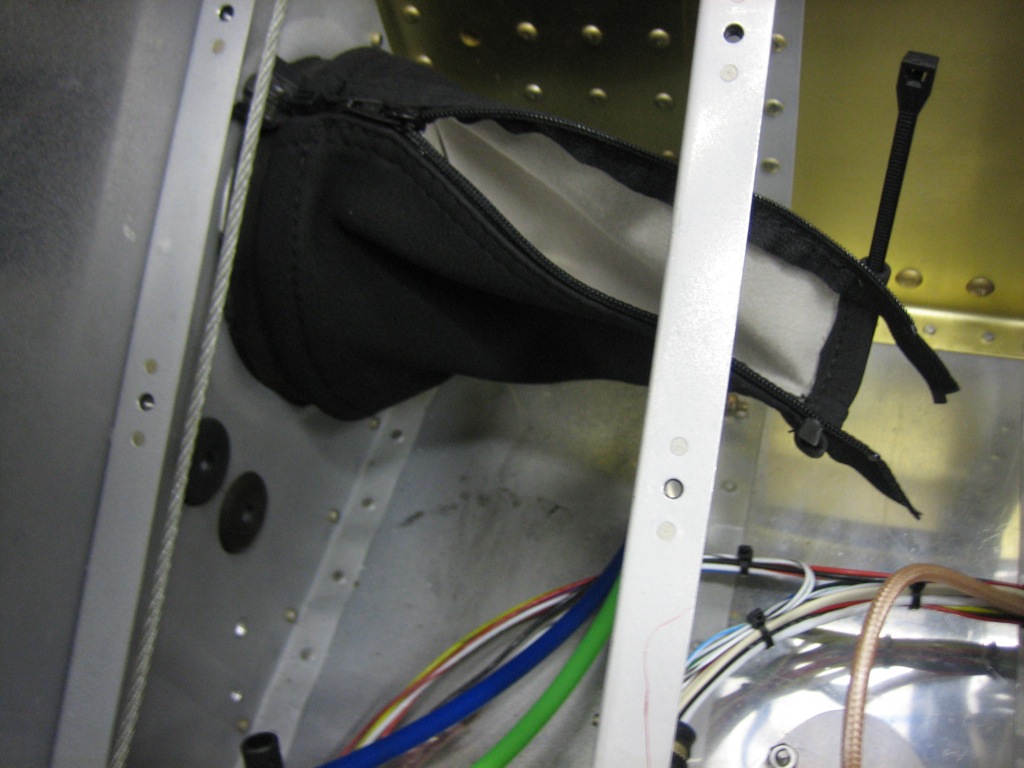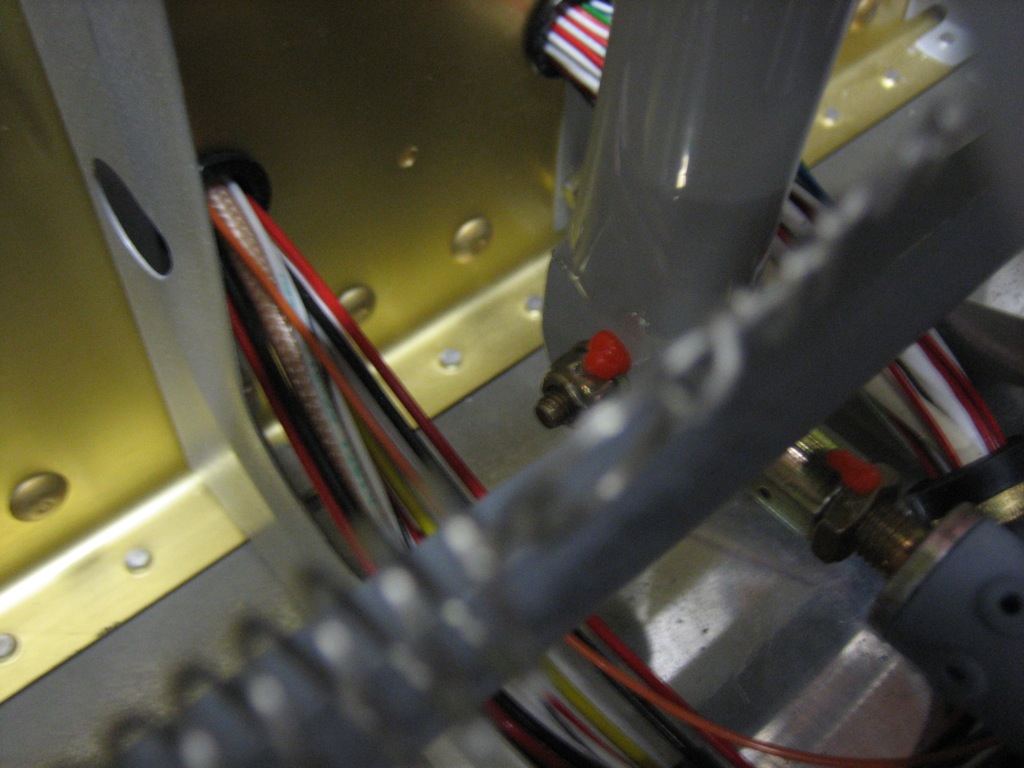I came out before work this morning and riveted the outer subpanel sections to the side bulkheads and the ribs.

I was able to use the straight set to shoot solid rivets in all of the holes tying these to the bulkheads.

The side subpanel sections are riveted to the forward ribs using only two flush head rivets to provide a flat space for the hinge bushing block to be installed.

Andre dropped by in the evening and we knocked out the forward and aft canopy decks. There were only a few challenging rivets where there isn’t much room to buck, but we managed to get solid rivets in every hole without too much pain. You can see on the other side that we also riveted the fresh air vent brackets to the side of the fuselage.

We also riveted the armrests. There’s still some give to these, so I don’t want passengers to push down on them when getting out of the plane, but they’re way stronger than the stock Van’s design.

After Andre left, I finished pop-riveting the F-704 cap strips in place.





































